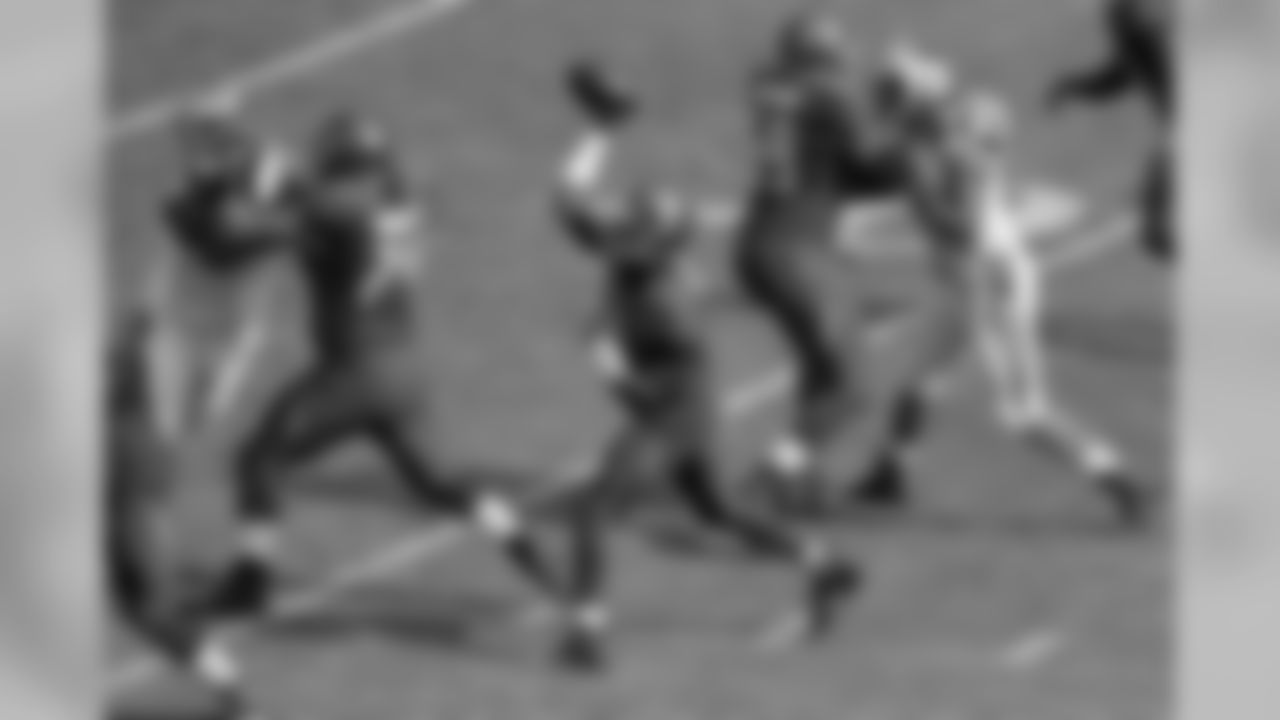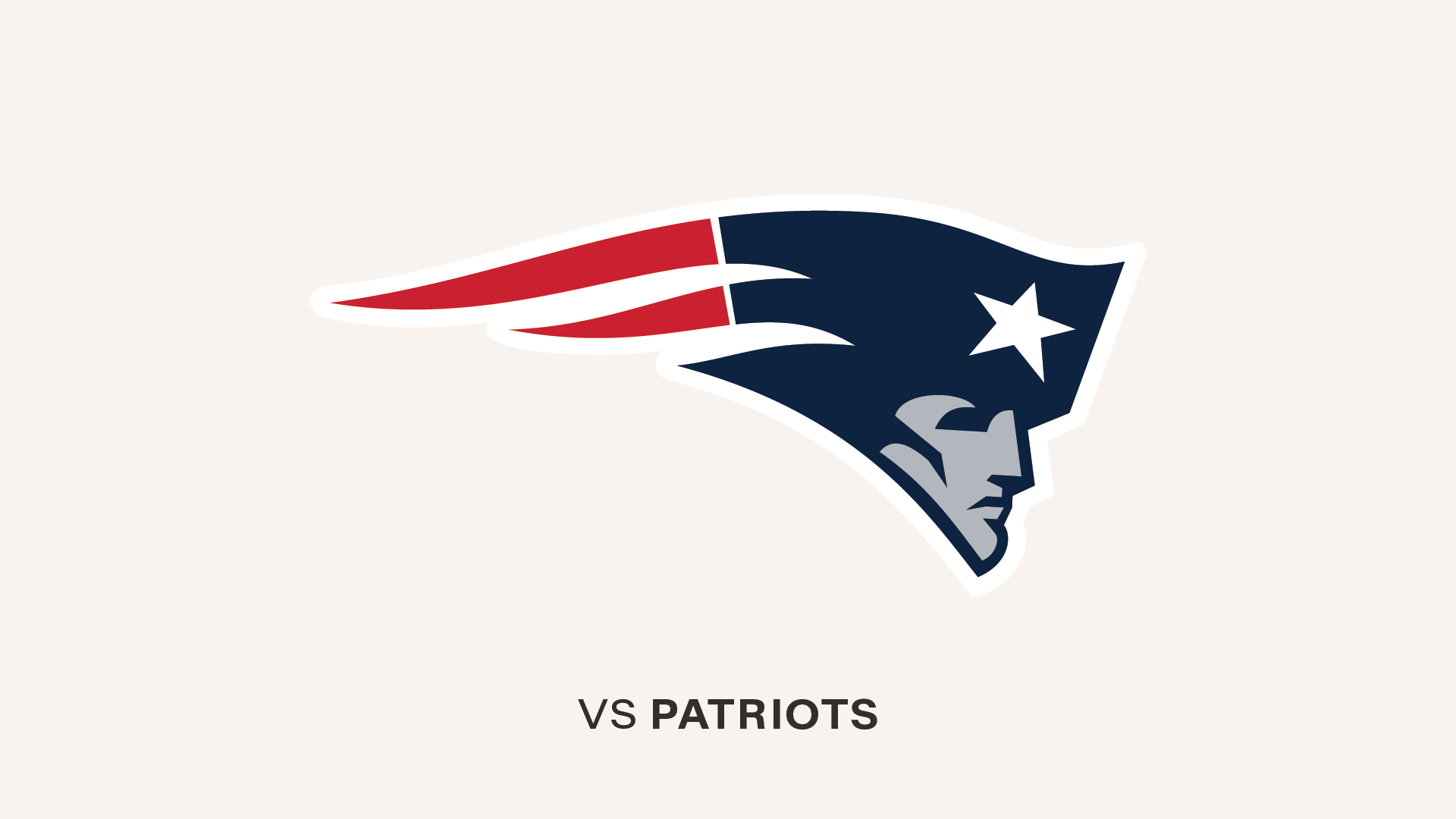Photos from QB Jameis Winston's 2016 campaign.




































































































The Tampa Bay Buccaneers made real progress in 2016, most notably in the bottom line of wins and losses. In addition to improving their win total from six to nine, the Buccaneers also advanced to the cusp of the playoffs, only missing out on a postseason berth due to a third-level tiebreaker.
That the team clearly ascended this past season without quite achieving its ultimate goals suggests that there were some areas of improvement that were greater than others. Over the next two weeks we're going to use a series of "progress reports" to identify some areas that needed improvement in 2016, assess how much growth there was and try to determine the reasons for success or failure.
Today's issue: Third-Down Conversion Rate.
As with our look at completion percentage earlier this week, this one can be split into two issues: How frequently the offensive converted on third down and how well the defense kept opponents from doing so. The latter issue was a more significant one for the team after it finished near the bottom of the rankings in 2015.
1. Third-Down Conversion Rate, Offense
The Buccaneers' offense had already taken a notable step forward in this department in 2015 after the arrivals of quarterback Jameis Winston and Offensive Coordinator (now Head Coach) Dirk Koetter. Tampa Bay converted 37.4% of its third downs in 2014 to rank 25th in the NFL but improved that to 41.6% in 2015, good for 10th.
It's not terribly surprising that this number continued to improve in 2016. There was continuity on offense as Koetter continued to call the plays even as he took over as head coach. The steady improvement in Winston's game surely helped as well, though perhaps the larger step forward was taken by third-year wide receiver Mike Evans. Evans had a very productive season in 2015 with 1,206 receiving yards, but was left feeling a little unsatisfied after experiencing some issues with dropped passes. He was a far more consistent player in 2016, and perhaps the NFL's best weapon on third down. Evans' 28 third-down catches tied for second in the league and all of them resulted in first downs. Overall, he earned a first down on 84.4% of his receptions, the highest rate in the league.
With that third-down target to work with and his own strong efforts when escaping the pocket and extending plays, Winston helped the Buccaneers convert on 43.9% of their third downs in 2016, the sixth-highest mark in the league. That was also a franchise single-season record on offense, a full percentage point better than the 42.9% put up by the 1984 squad.
Interestingly, the Bucs did this by faring particularly well on longer third-down tries, which proved critical when the running game was significantly less productive than expected. The Bucs ranked third in the NFL in converting on both third-down tries of 7-10 yards and third-down tries of more than 10 yards.
2. Third-Down Conversion Rate Allowed, Defense
If the Bucs offense took a step forward on third downs in 2016, the defense won a gold medal in the triple jump. Third downs were a terrible problem for Tampa Bay's defense in 2015 when it allowed a conversion rate of 46.0% to rank 30th in the NFL. That was the second-worst rate a Buccaneer defense had ever allowed, after a mark of 46.6% in 1986. In 2016, the Bucs leapt all the way to the top of the league rankings in this category, coming in first with a third-down rate of 34.4% allowed.
A look back at Mike Evans' 12 touchdowns during the 2016 season.

Mike Evans catches a 45-yard touchdown pass against the Falcons in Week 1.

Mike Evans catches a 45-yard touchdown pass against the Falcons in Week 1.

Mike Evans catches a 45-yard touchdown pass against the Falcons in Week 1.

Mike Evans catches a 19-yard touchdown pass against the Cardinals in Week 2.

Mike Evans catches a 19-yard touchdown pass against the Cardinals in Week 2.

Mike Evans catches a 19-yard touchdown pass against the Cardinals in Week 2.

Mike Evans catches a 7-yard touchdown pass against the Rams in Week 3.

Mike Evans catches a 7-yard touchdown pass against the Rams in Week 3.

Mike Evans catches a 7-yard touchdown pass against the Rams in Week 3.

Mike Evans catches a 26-yard touchdown pass against the Panthers in Week 5.

Mike Evans catches a 26-yard touchdown pass against the Panthers in Week 5.

Mike Evans catches a 26-yard touchdown pass against the Panthers in Week 5.

Mike Evans catches a 4-yard touchdown pass against the Niners in Week 7.

Mike Evans catches a 4-yard touchdown pass against the Niners in Week 7.

Mike Evans catches a 5-yard touchdown pass against the Niners in Week 7.

Mike Evans catches a 3-yard touchdown pass against the Falcons in Week 9.

Mike Evans catches a 24-yard touchdown pass against the Falcons in Week 9.

Mike Evans catches a 24-yard touchdown pass against the Falcons in Week 9.

Mike Evans catches a 23-yard touchdown pass against the Seahawks in Week 12.

Mike Evans catches a 23-yard touchdown pass against the Seahawks in Week 12.

Mike Evans catches a 3-yard touchdown pass against the Seahawks in Week 12.

Mike Evans catches a 34-yard touchdown pass against the Saints in Week 16.

Mike Evans catches a 34-yard touchdown pass against the Saints in Week 16.

Mike Evans catches a 34-yard touchdown pass against the Saints in Week 16.

Mike Evans catches a 10-yard touchdown pass against the Panthers in Week 17.

Mike Evans catches a 10-yard touchdown pass against the Panthers in Week 17.

Mike Evans catches a 10-yard touchdown pass against the Panthers in Week 17.
The Bucs were joined in this incredible improvement by the New York Giants, who were last in the NFL in 2015 at 47.0% and third this past year at 35.3%. As such, the Bucs and Giants had the two largest gains in that category among all NFL teams, at 11.6 and 11.7 percentage points. Only five teams even improved by five or more percentage points. As a whole, the league actually got worse at defending third downs in 2016, giving up a conversion rate of 39.7% as compared to 39.0% in 2016.
How did the Bucs do it? Well, one clue might come from their parallel numbers with the New York Giants. Both of those teams aggressively used free agency and the top of the draft to address their defenses after subpar performances in 2015. The Buccaneers grabbed two new starters in free agency in cornerback Brent Grimes and defensive end Robert Ayers (coincidentally of the Giants) and then drafted cornerback Vernon Hargreaves first and defensive end Noah Spence second. New York was even busier in free agency, bringing on defensive end Olivier Vernon, defensive tackle Damon Harrison and cornerback Janoris Jenkins. The Giants also took a cornerback in the first round, picking Eli Apple two spots before the Bucs landed on Hargreaves.
In the Bucs' case, the results were much tighter coverage, particularly after a midseason reassessment led to better communication on the field. Tampa Bay had one of the best defenses overall in the second half of the 2016 season, though its third-down rate was actually pretty consistent throughout the year.
The addition of new Defensive Coordinator Mike Smith was of equal or perhaps even more importance. Smith ushered his group through earlier growing pains until they emerged as the NFL's fourth-stingiest scoring defense in the second half. The Bucs' pass rush was better down the stretch, ranking fifth in sacks per pass play (7.7%) and with Grimes leading the way the secondary was able to translate that into a higher number of passes defensed.
Interestingly, the Buccaneers did this despite not forcing as many long third downs as they would have liked. Of the 195 third down situations the Tampa Bay defense faced overall, 61 came with the opposition needing 1-3 yards. That was 31.3% of the total, which was actually the fifth-highest percentage in the NFL. Fortunately, Tampa Bay proved quite good in those situations, allowing a conversion rate of 49.2% that ranked third in the league. When the Bucs did get their opponents into third-and-long (defined here as needing seven or more yards), they took advantage, allowing a conversion rate of 22.0% that ranked fourth in the NFL.


























